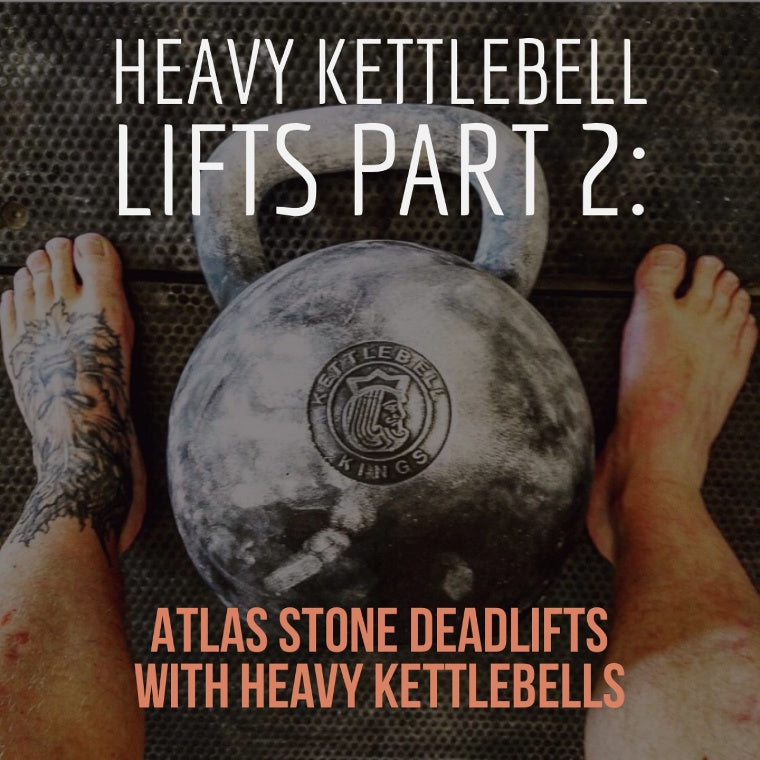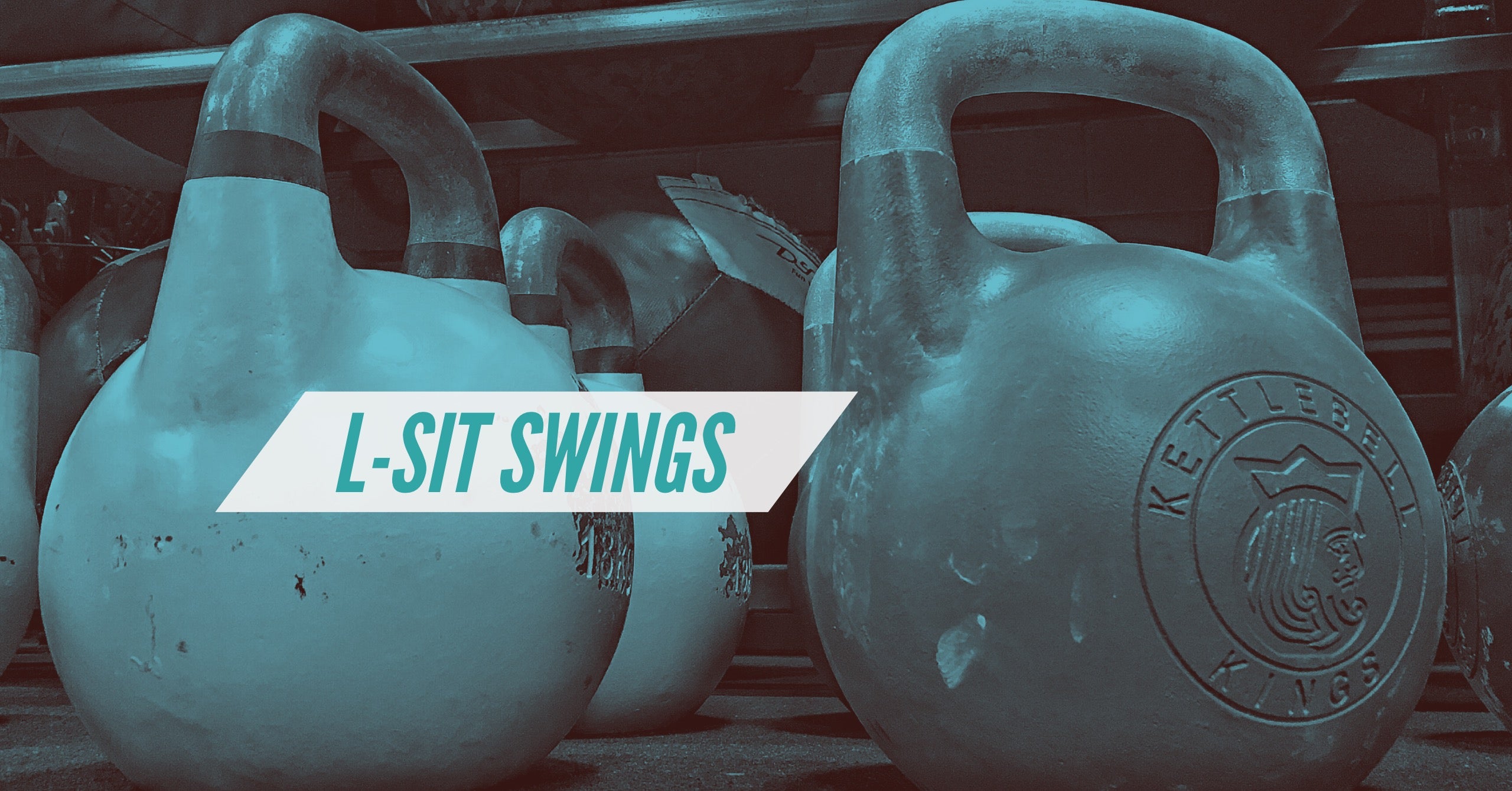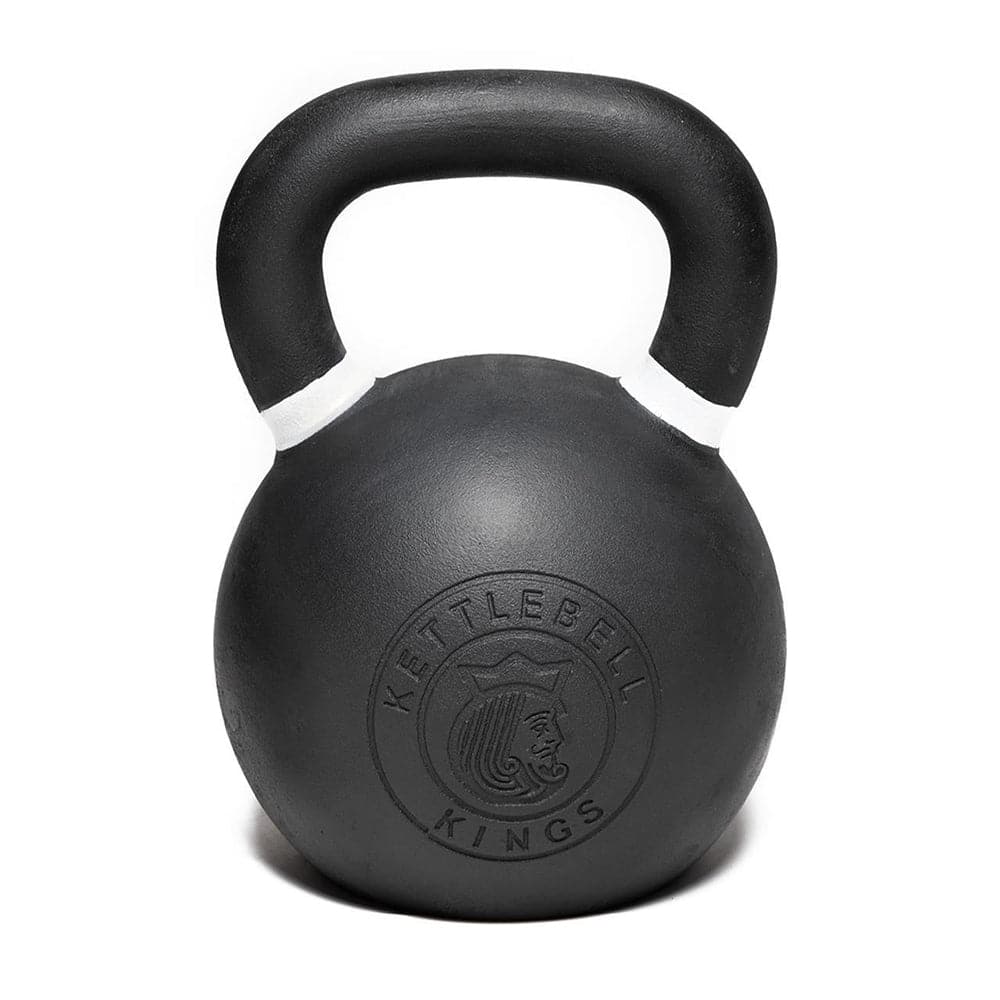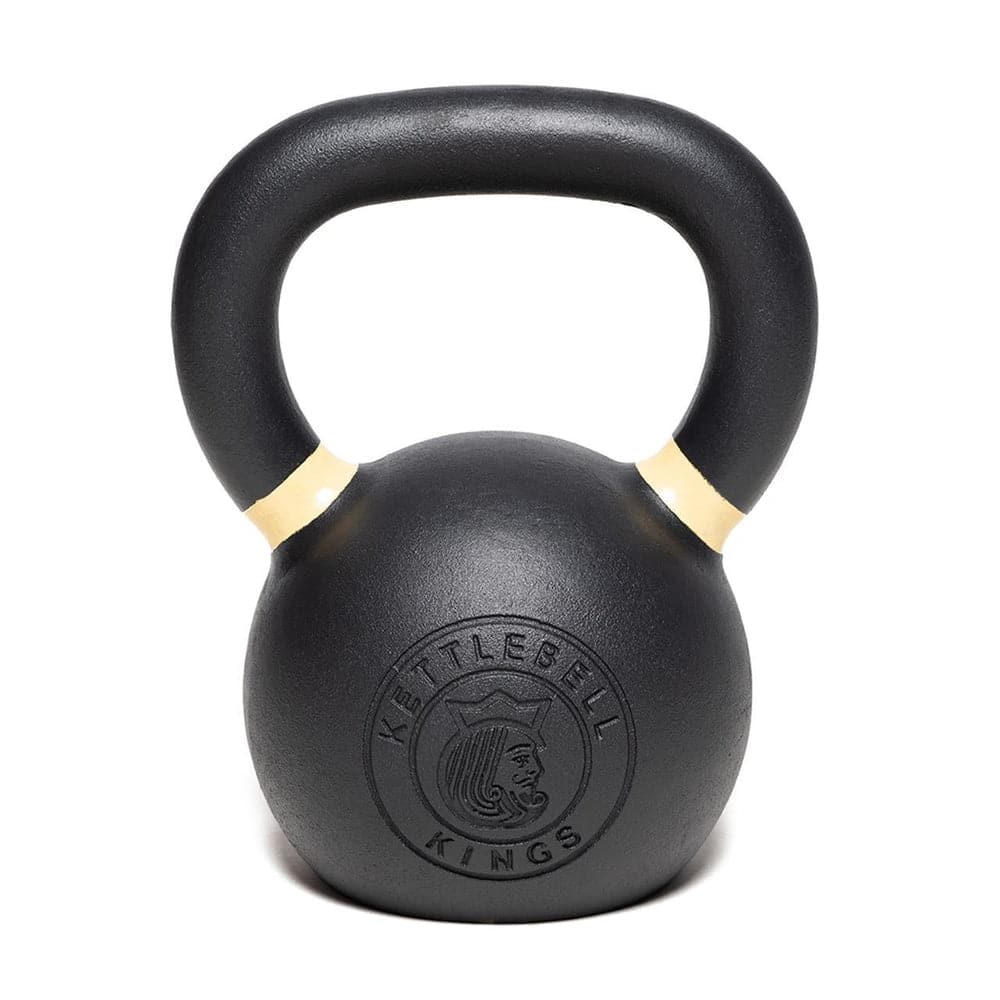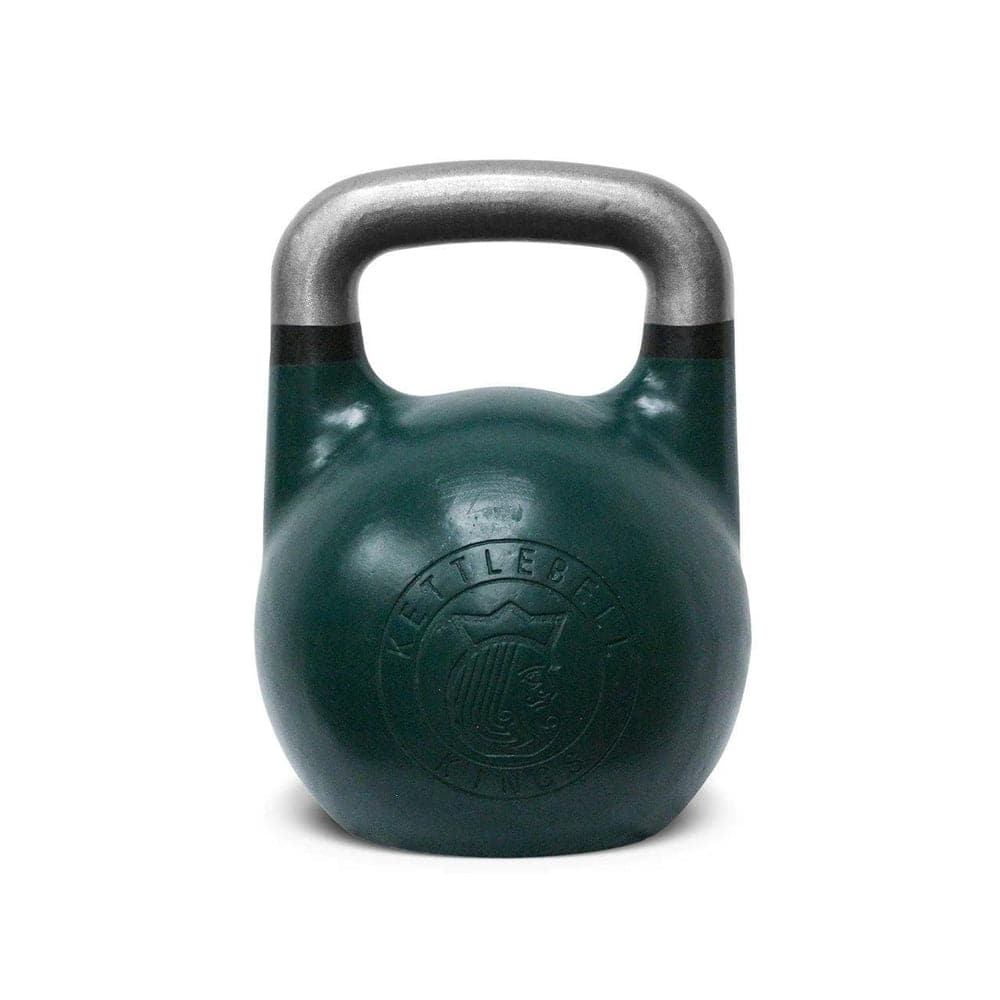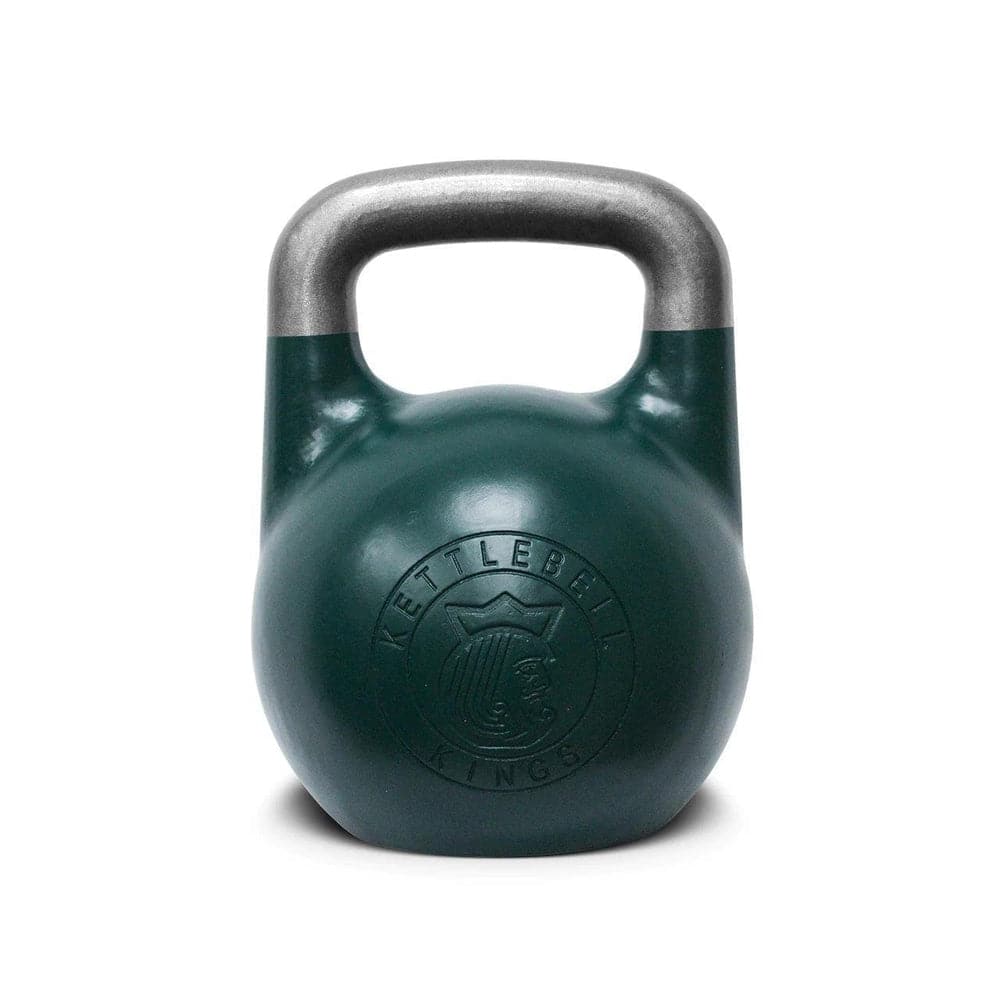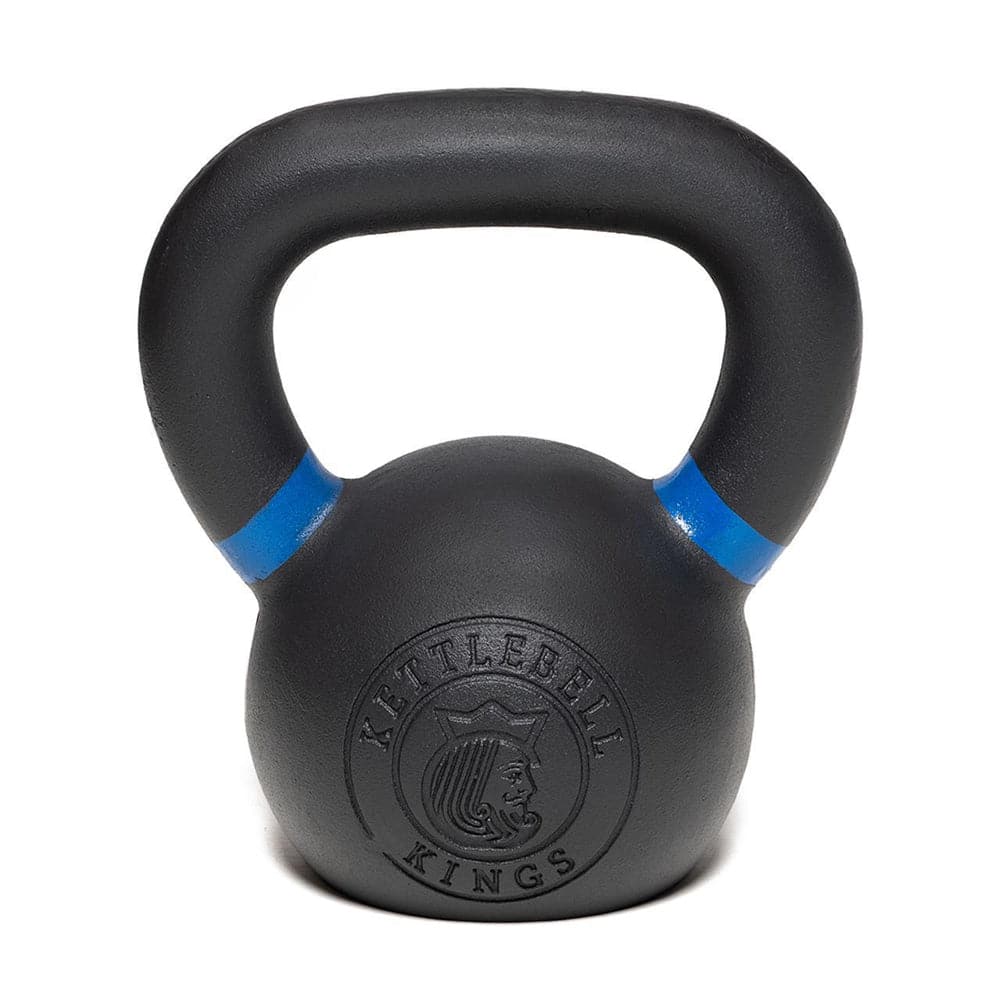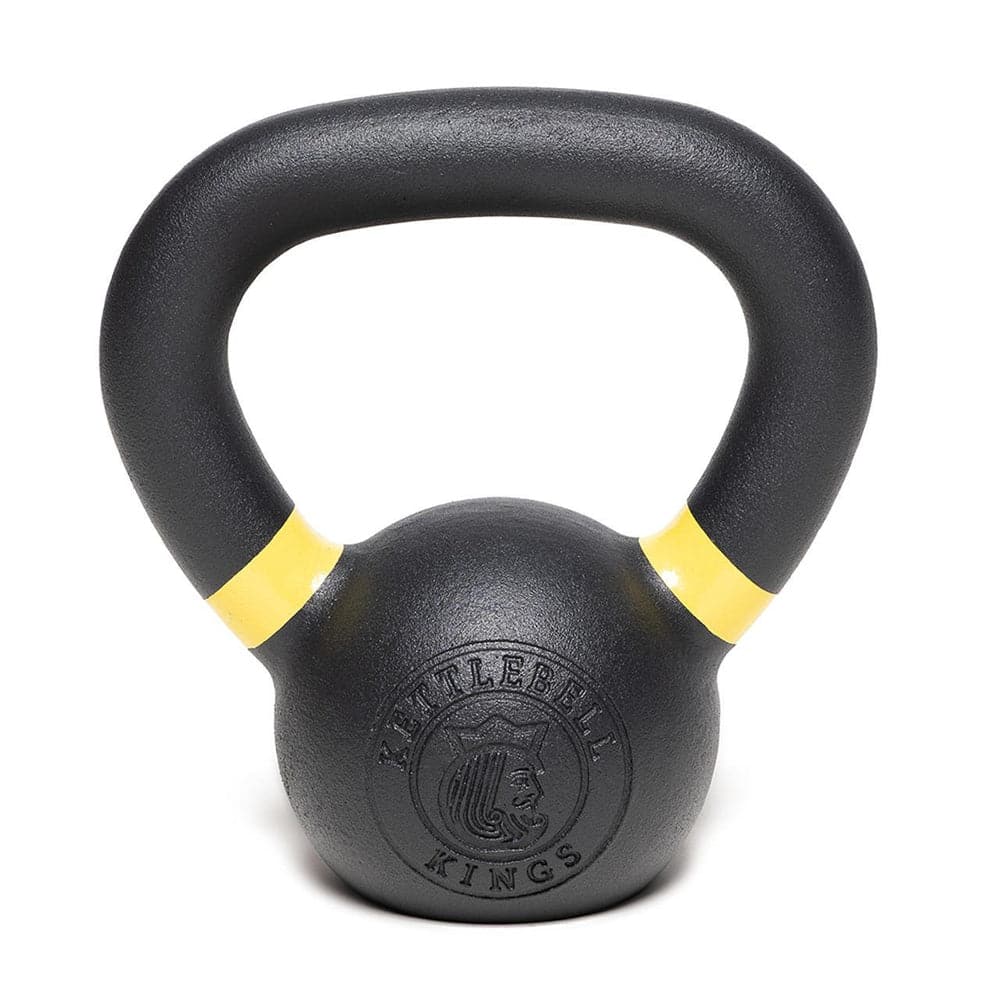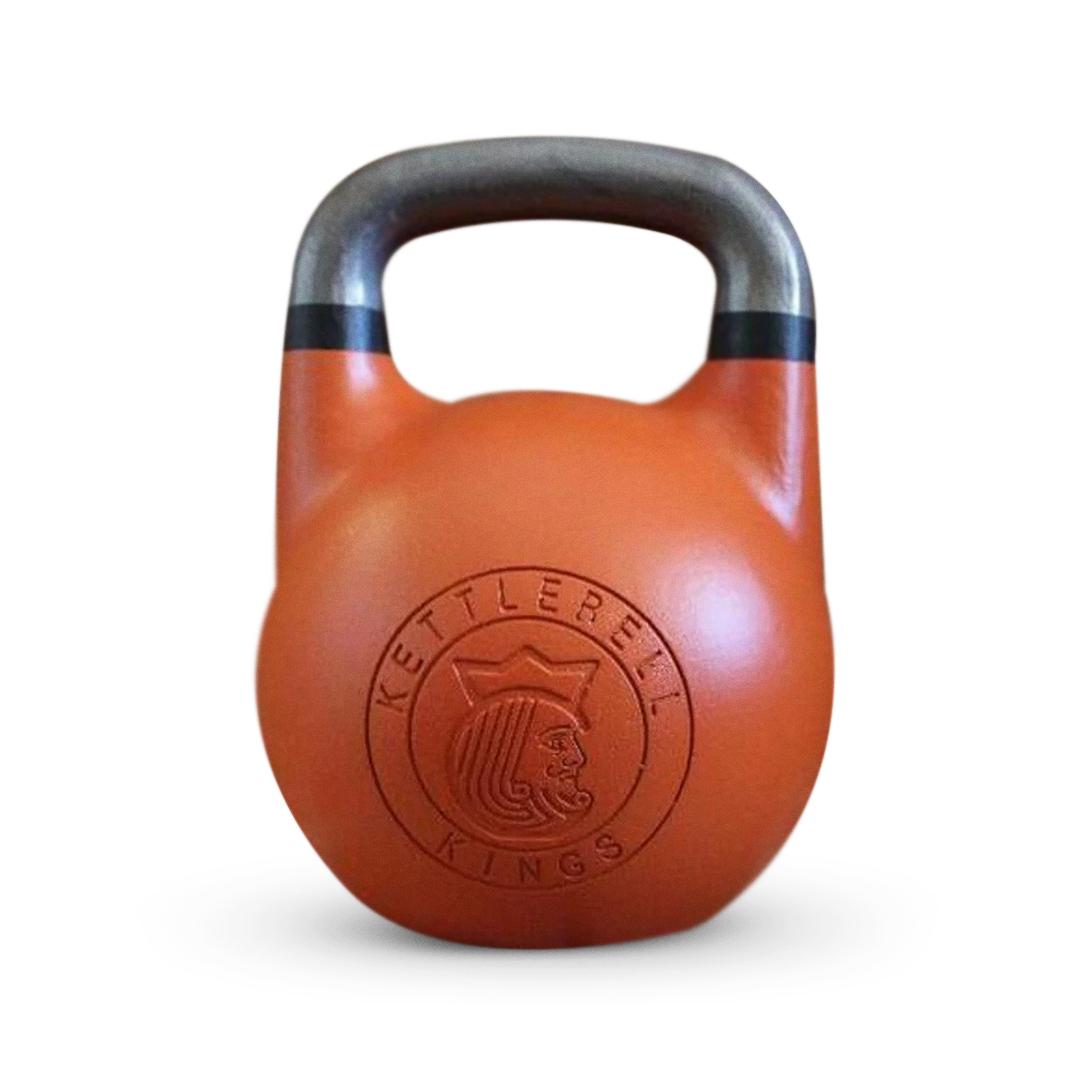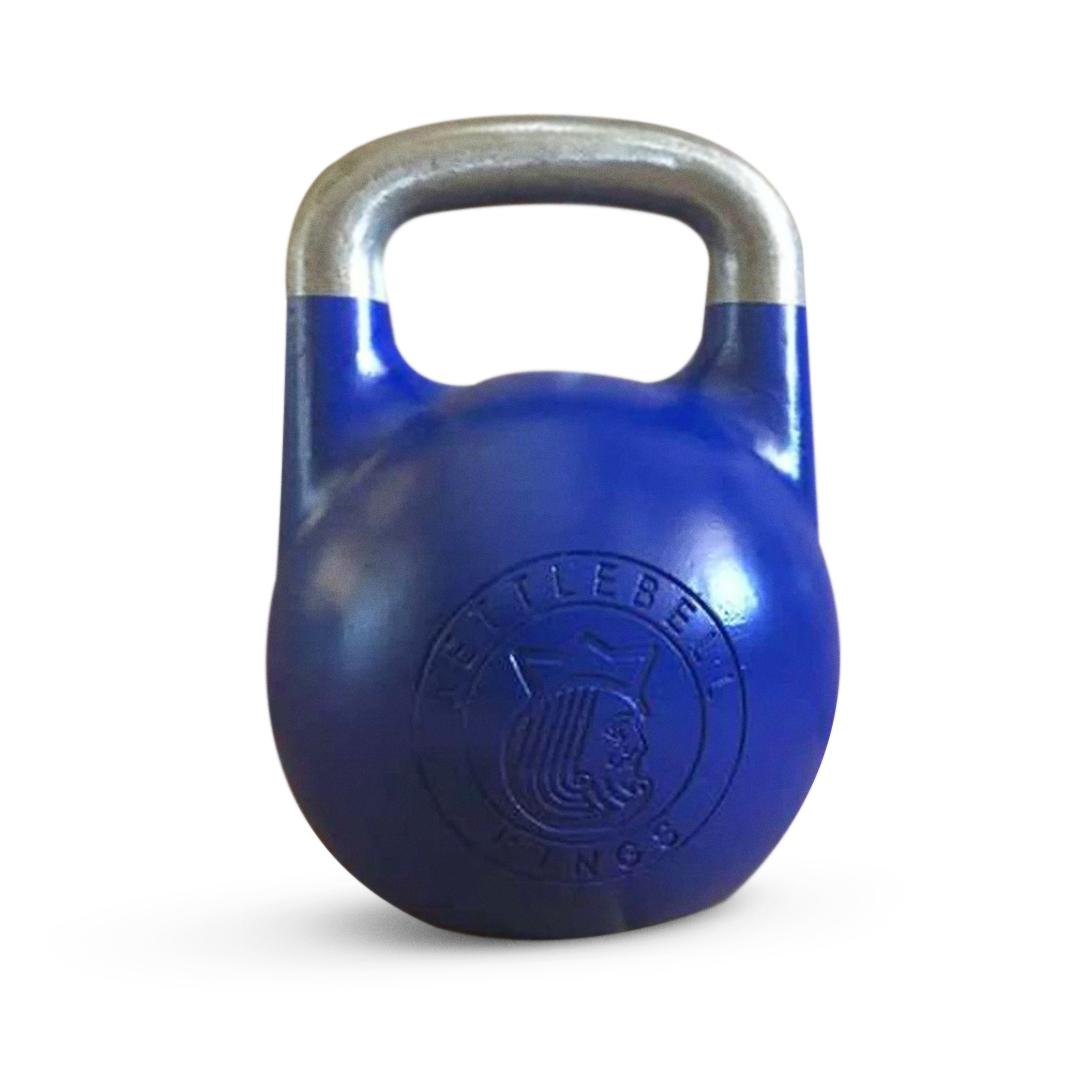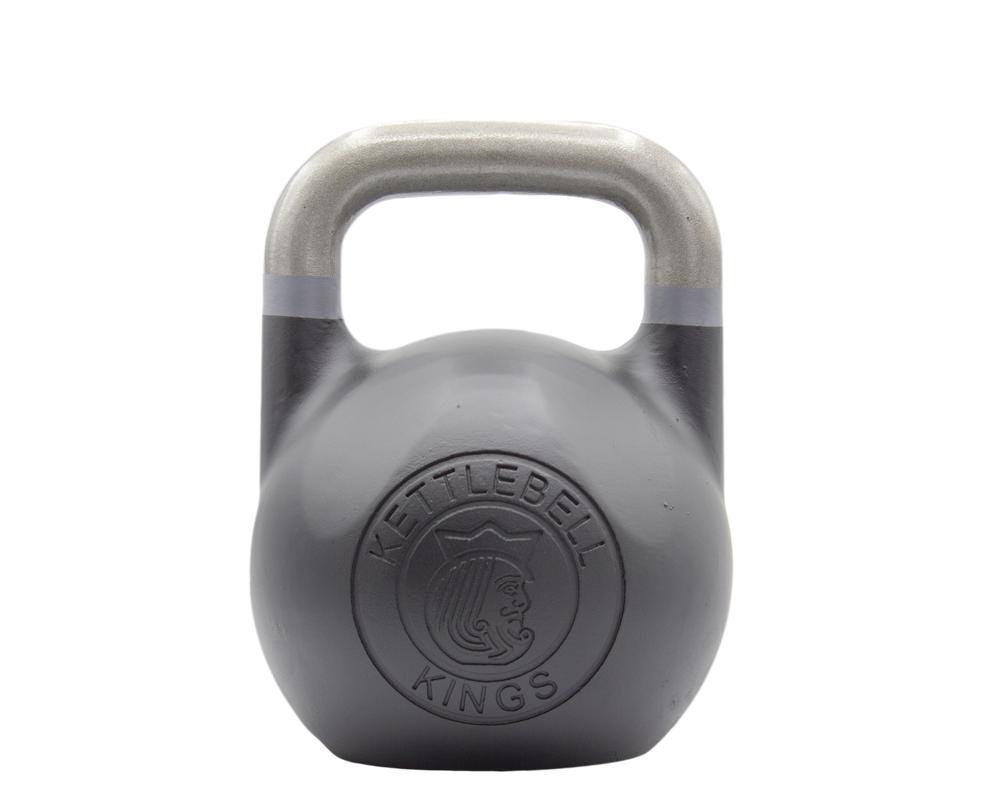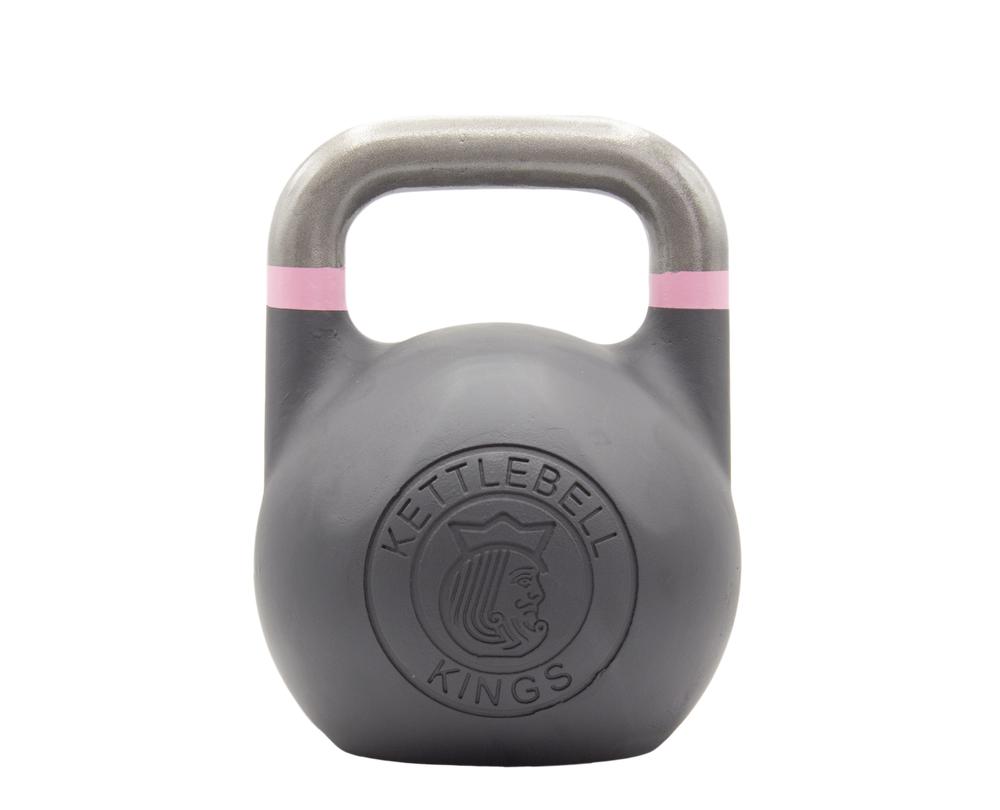By John Parker:
THREE LOADED KETTLEBELL STRETCHES TO RELIEVE NECK AND SHOULDER PAIN
With one tool, we are armed to master the domain of physical movement and self-care. The kettlebell helps to create a robust body that can move with intention and alignment. We kettlebell aficionados dedicate our energy to training that satisfies not only our desire to condition, but to also achieve ideal recovery.
Recovery is more than just rest – it is the maintenance of muscle length, mobility of the joints, and postural calibration. What is lacking from our field are practical guidelines to manage the daily maintenance of our body. Morning routines, pre- and post-workout stretching, and nighttime soft-tissue work aggregate recovery and training maintenance. If you love kettlebell training like I do, you understand that minimal equipment can satisfy all your needs. As with training, you can use one kettlebell to overcome pain, postural issues, and tissue length discrepancies.
As a strength coach, I have learned that fervent training can produce soreness, joint stiffness, and nagging pain in the shoulders and neck. What results is less-than-ideal posture and daily discomfort in the neck and shoulders. We know that posture is wrecked from muscle imbalances and too much movement or lack thereof. Although kettlebell training is enjoyable, many of us make the mistake of training overzealously. Trainees may develop imbalanced bodies that require corrective exercise, stretching, and mobilizations to ward off pain.
In my own training, I have had issues with chronic neck and shoulder pain. I could blame too much pressing or snatching, but it is more likely caused by too much training and not enough stretching. The worse pain comes in the morning – hours of side-sleeping creates stiffness, particularly in my traps, scalenes, infraspinatus, and lats. Since my body unconsciously moves to the worst positions possible while I sleep, I thought it would be wise to develop a short routine of 3 loaded kettlebell stretches to align my body before venturing out to train clients each day.
POSTURE
When we think of posture, it’s easy to imagine a golf ball sitting atop a tee. If the tee is in any deviation of vertical, the golf ball will fall. Like the golf tee, our thoracic spine needs to remain in a neutral position - a pattern that is disrupted from too much sitting, typing, driving, or lack of attention. Thoracic mobility exercises are a necessity, but stretching the muscles of the chest and back also influence our posture and ability to maintain a tall chest and head.
I have found two culprits in inducing my neck and shoulder pain: the pec minor and latissimus dorsi muscles. These muscles can pull on the ribcage, spine, and scapulae in an unwanted manner - warranting a need to address their length.
THE SOLUTION
A light kettlebell serves to effectively load the body and teach it to find new positions of depth while stretching. The concept of “contract-relax” stretching, with added resistance, serves to fatigue the muscles being stretched so that they can then relax deeper into position. Paul Chek describes:
This method requires that you place the muscle to be stretched under tension, then activate it against isometric (immovable) resistance for five seconds followed immediately by five seconds of relaxed lengthening. (https://chekinstitute.com/blog/intelligent-stretching-part-2/)
I have found that opening up the chest, stretching the lats and extending the thoracic spine allows the head to sit atop the clavicle like the golf ball on a tee. This series of loaded stretches must start with a lighter kettlebell (8-16kg) before advancing to a heavier load. Heavier loaded stretches can be dangerous if not approached intelligently. Be smart by starting light. When mobility improves, you can use a heavier bell to sink even further into the stretched position.
Remember that mobility differs from flexibility in that mobility implies strength at the end ranges of motion of the joints. The contract-relax method of stretching necessitates you to contract the muscle being stretched in an isometric fashion. This contraction allows the stretched muscle to enhance proprioceptive strength so that the body learns the new position, rather than passively achieving length.
Read and watch the demonstrations below!
Get more updates like this when we publish by subscribing at the bottom on mobile device or the right side on desk top!
STRETCHING + MOBILIZING THE THORACIC SPINE
Read more below the video demonstration!
Let’s get to the meat and potatoes. In my quest to eliminate neck and shoulder pain from training and daily life, here are three techniques to enhance posture and stretch the muscles that may be pulling the spine, ribcage, and scapulae out of whack. I recommend performing these techniques first thing in the morning, before training, or just before bed.
Keep a light kettlebell in your living room. There is no excuse to not make yourself better while watching tv.
Netflix and Stretch anyone?
CHEST AND DELTOIDS
An effective stretch for the pec minor and surrounding musculature can be achieved using the contract-relax method of stretching while holding a light kettlebell behind the body.
1. With both hands on the bell’s handle, allow the bell to sink below the butt.
2. Focus on keeping a proud chest, with neck fully extended in a long position. While here, disallow the lumbar spine from extending. Instead, make sure the last rib angle is low, the pelvis in a posterior pelvic tilt, and the core engaged.
3. Drop the shoulder blades down and back while actively pulling them together (depression and retraction). At this moment, the pec minor and anterior deltoids should actively be tensed.
4. Contract the shoulder blades together with a force equal to 5-7 out of 10 for five seconds. After the five seconds, exhale and allow the kettlebell to sink deeper as the pec minor and anterior deltoids gain length. Hold the lengthened position for five more seconds.
5. Perform 3-5 sets of three contractions/relaxations.
LATS, TRICEPS, AND OBLIQUES
If you have tight lats, triceps, and obliques like I do, you may find standard stretches are not enough to provide adequate length. This is what I love about loaded stretching! The load of the kettlebell will enhance the “feel” of the stretch for strong people like you and me.
1. Clean a kettlebell to the rack position and immediately place it on the working-arm’s shoulder.
2. Lower the kettlebell behind the head so that it rests between the shoulder blades.
3. Grab the elbow of the working-arm with the hand of the non-working arm.
4. Focus on keeping a proud chest, with neck fully extended in a long position. While here, disallow the lumbar spine to extend by putting the pelvis into a posterior pelvic tilt. Make sure the rib angle is low, and the core engaged.
5. Allow the head to sink in between the arms while the kettlebell migrates backward toward the butt. It should then sit above the shoulder blades.
6. Contract the lats by pushing the elbows into the surface with a force equal to 5-7 out of 10 for five seconds. After five seconds, exhale and allow the head to sink deeper between the arms and hold for another five seconds. You may note that it helps to contract the muscles of the upper back while driving the elbows into the surface.
7. Perform 3-5 sets of 3 contractions/relaxations.
We all want to feel good, and the endorphin high of kettlebell movements is unlike any other. But let’s remember – train, don’t drain. It’s only when soreness, joint stiffness, and crooked posture arises that we realize the importance of daily maintenance. Keep in mind your health is the sum of not only your training, but what we do to prepare our body for the next workout. I encourage you to get creative in your stretching and mobilizing endeavors. Using the contract-relax method of stretching will help you gain strength in end ranges of motion and feel a more pronounced stretch in your muscle tissue. Happy stretching!
About John Parker:
Originally from San Diego, California, John Parker has been involved in organized sports and outdoor activities since a young age. He graduated from the University of California San Diego and soon after became a strength and wellness coach. John streamlines his clients’ results by encouraging total lifestyle design. Students benefit by learning how to effectively manage their nutrition, fitness, travel, and mindset in the most focused way possible. John‘s interests include strength training, climbing, international travel, and road trips to the mountains.
Social Links:
Kettlebell Kings has the most highly & frequently reviewed kettlebells in the world. We have free shipping in the US & Canada (www.kettlebellkings.com), Europe (www.kettlebellkings.eu) and Australia (www.kettlebellkings.com.au). Check out our 4,000 reviews for quality and customer service here!









